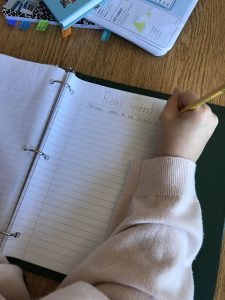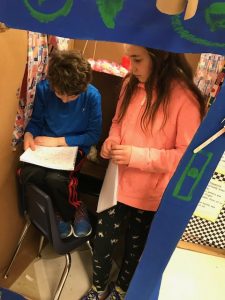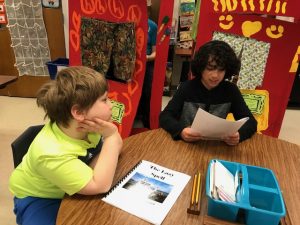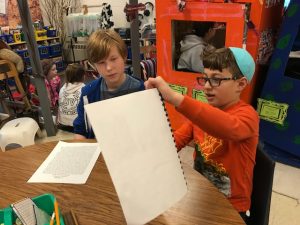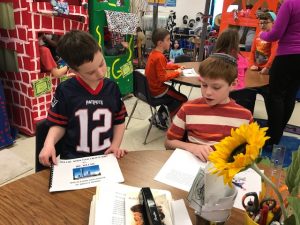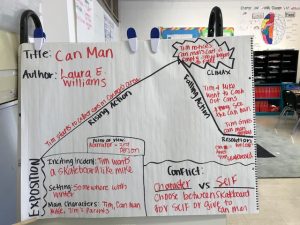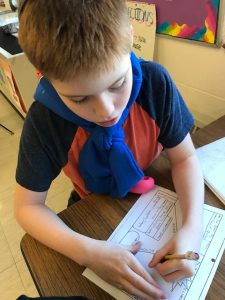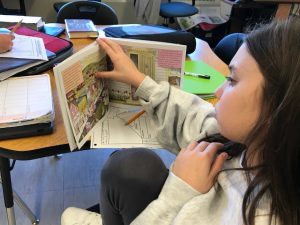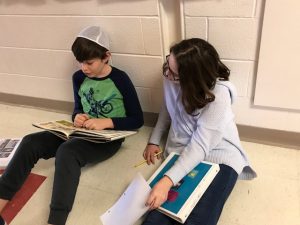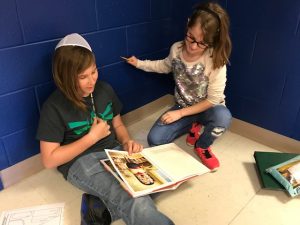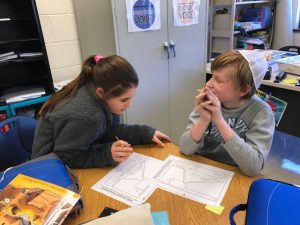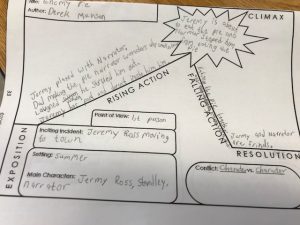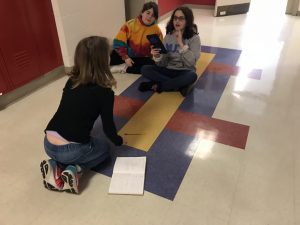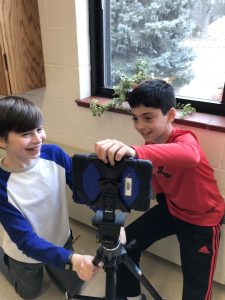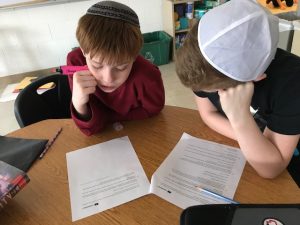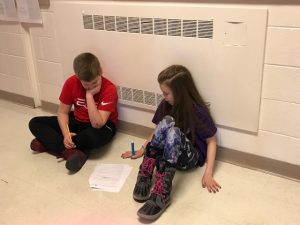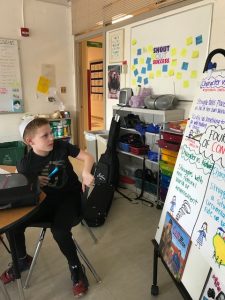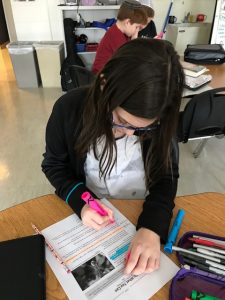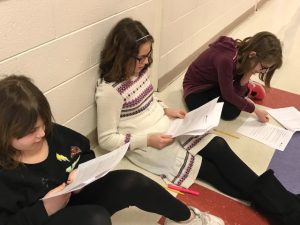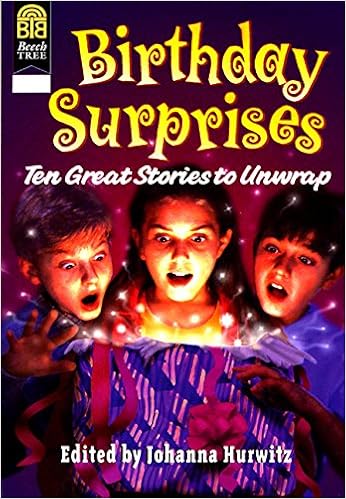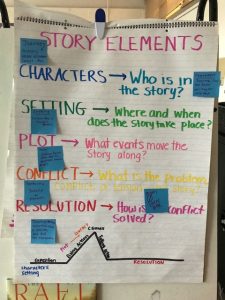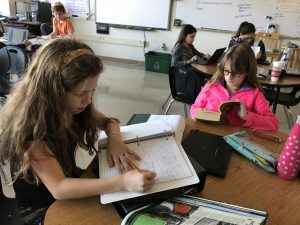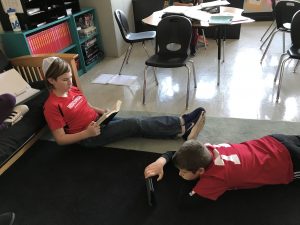Today we continued to learn routine, procedure and expectations for Reader’s Workshop. The work we did today is crucial to our continued success as we move forward in our units of study. We focused on our notebook expectations and examined the grading rubric that we will use in class.
Throughout the year I will ask your child to self-assess using the rubric to monitor his/her growth in class. I explained that the most important component of the rubric is the section on reading response. In addition to conferring with your children during independent and guided reading, reading responses allow me to see what reading comprehension strategies your child s using on his/her own. Over the course of the year we will learn about different ways to respond to reading–writing, pictures, graphs, diagrams, etc.. Today we focused on a three step procedure that will allow students to ease into writing deep, thoughtful responses.
For homework, I have asked your children to do 10-15 minutes of reading at home and respond to this blog post using our three step system. They can check our Google Classroom portal to see the handout provided in class.
I am looking forward to reading their responses!

